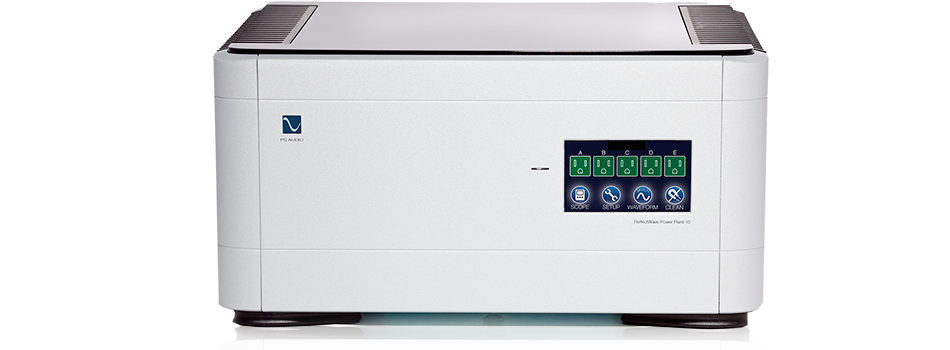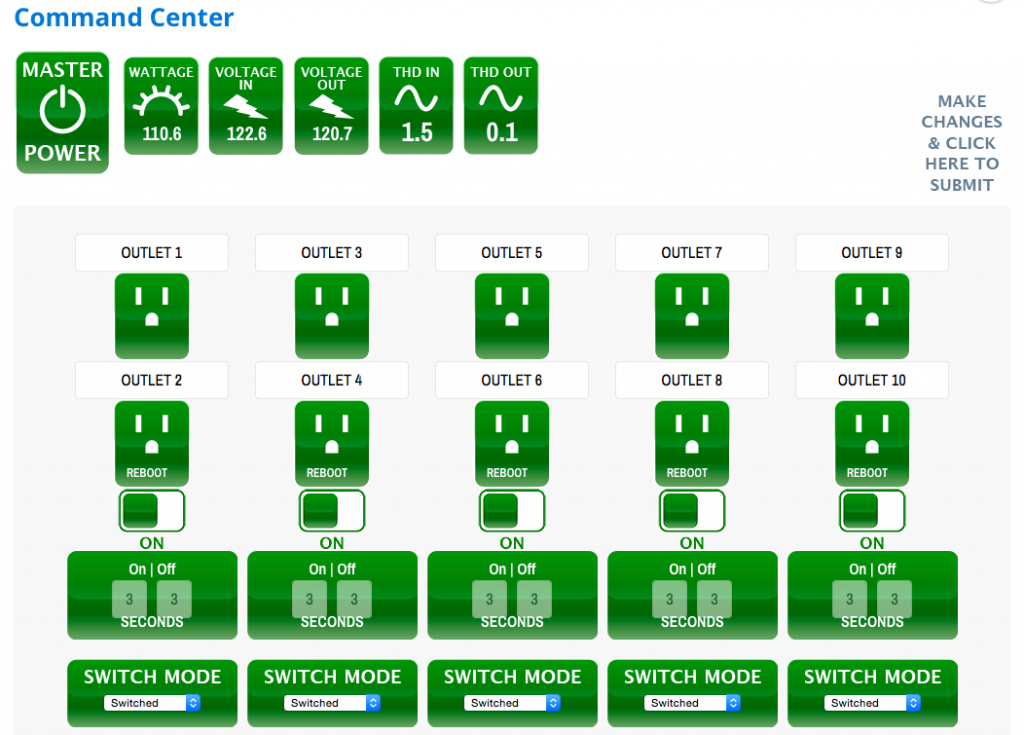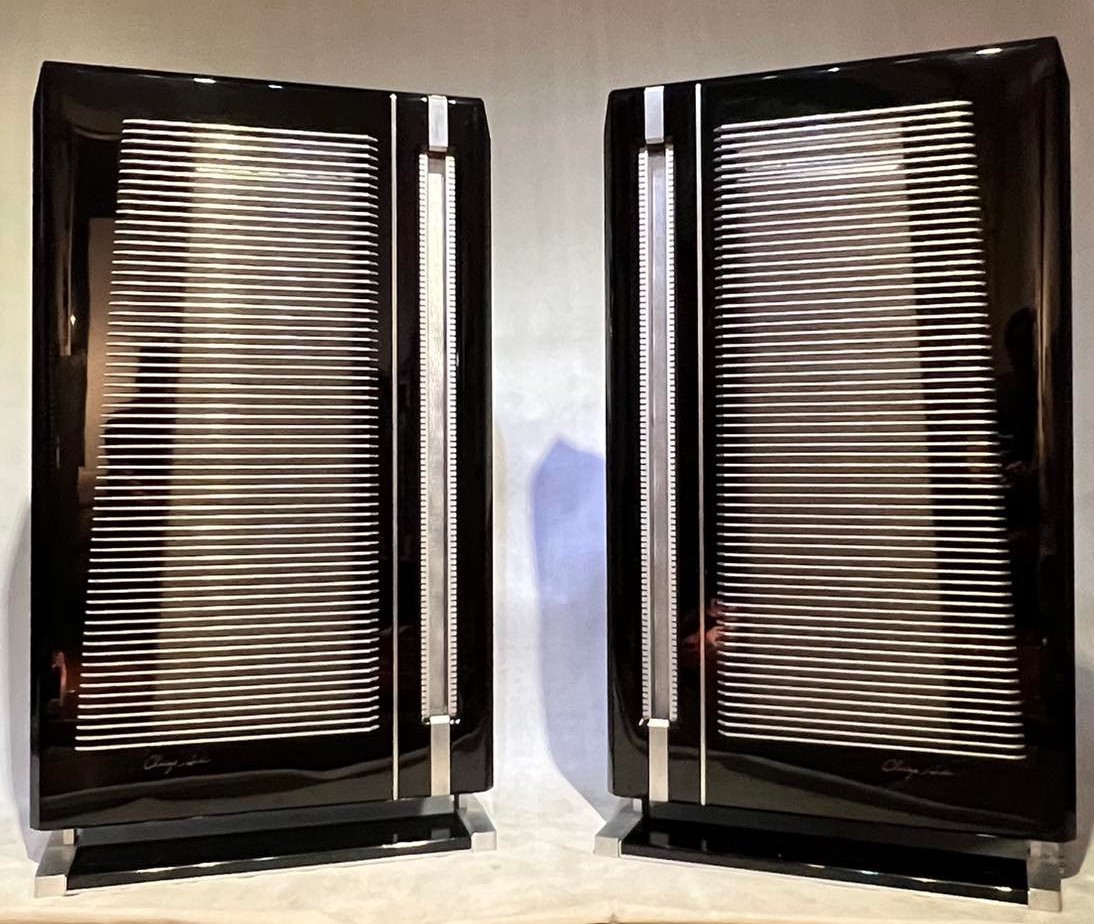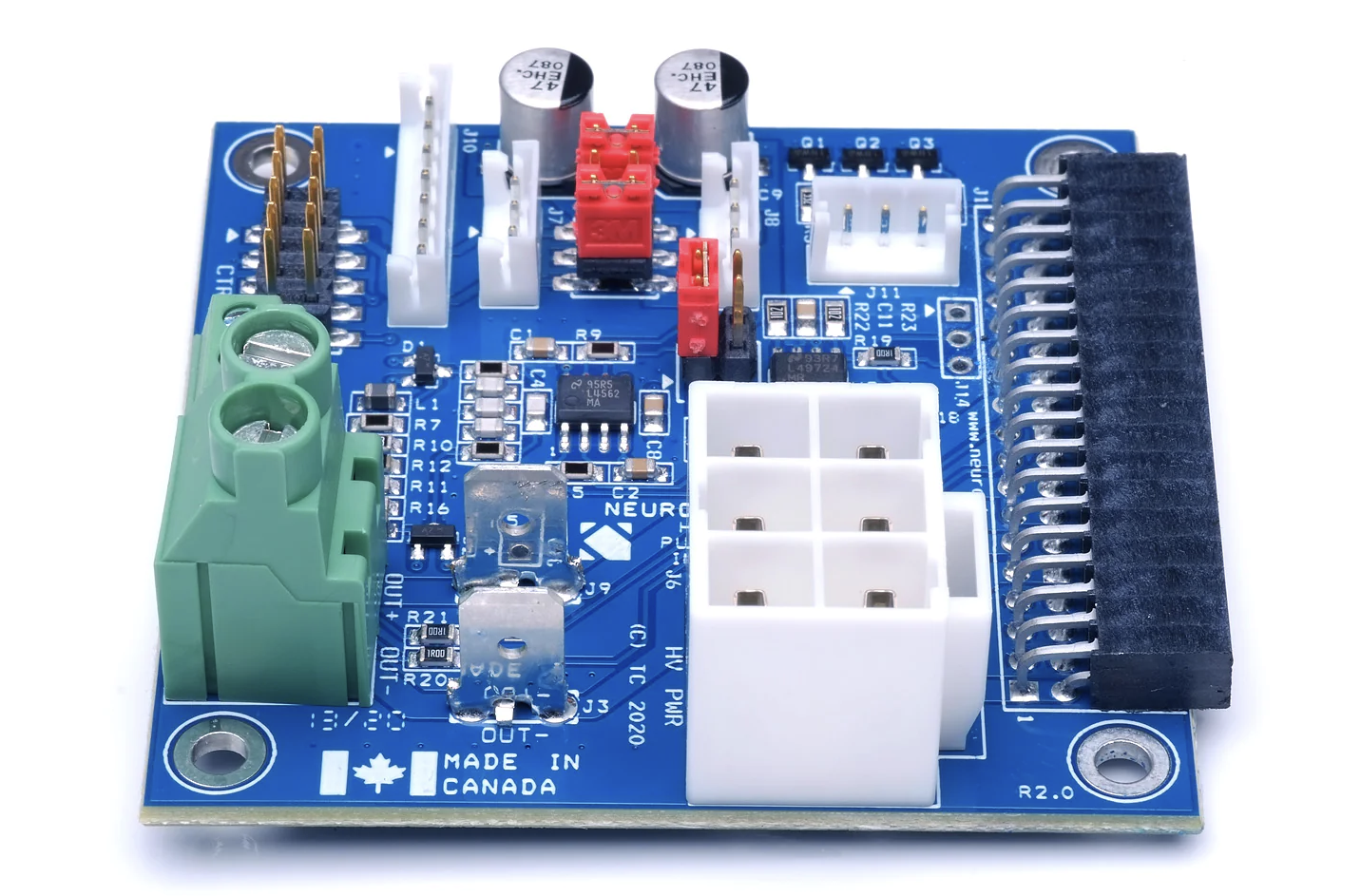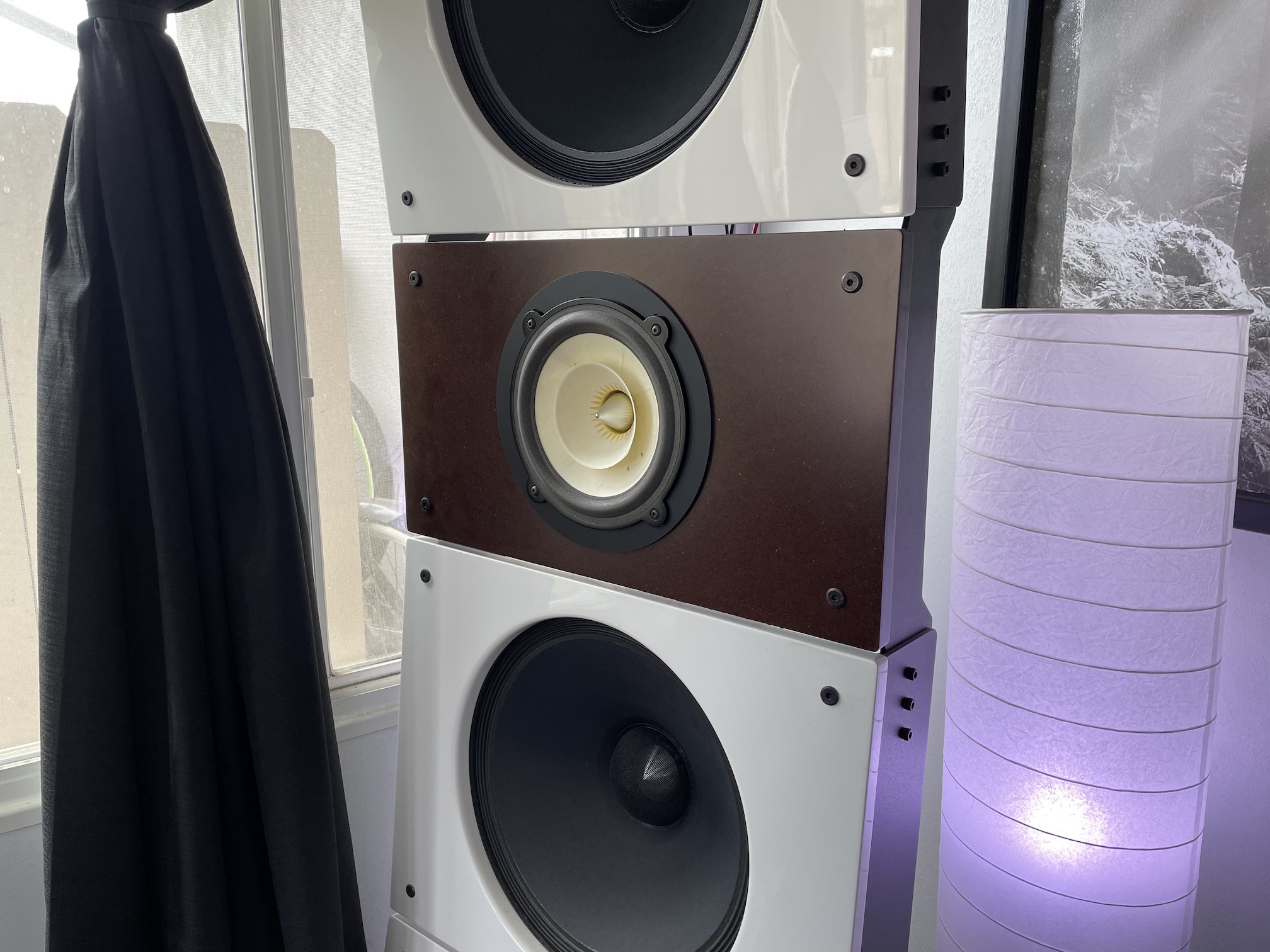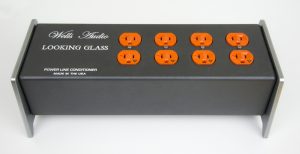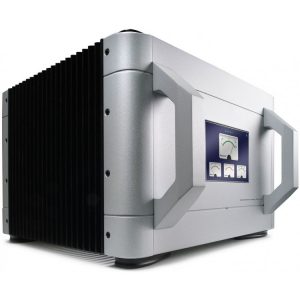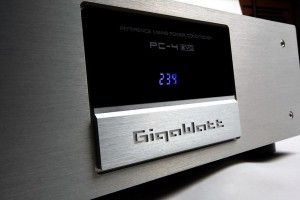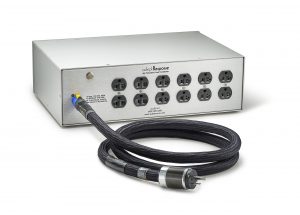I may have said this before, but I'll say it again… all of these amazing cables you have in your system (as beautifully constructed as they are) will not amount to much if you have garbage power coming into your room. This probably goes for 99% of you reading this where you don't have the luxury of your own dedicated power transformer sitting outside of your home.
Take that for what you will, but my software / hardware design days always demonstrated to me the importance of "garbage in, garbage out." You honestly have no idea the influence it may have on your system until you get to experience a power conditioner / regenerator – so, maybe that is OK? Well, unfortunately for me, I have now witnessed the extreme side of regeneration and this will be hard to do without.
I live in a townhome with a shared power grid, meaning even more garbage, right? I've connected an o-scope to my power lines and see a high amount of DC riding on the AC lines, which can be tricky to get rid of. One could use a DC blocking device, but those can be quite current limited. Also, depending on how well they can be made, they could have a negative effect on ones listening experience.
PS Audio have been in the business for quite some time, with state of the art power conditioners / power regenerators ranging in several sizes depending on one's need. I opted to review their largest offering, the P10. My reasoning for such a behemoth is that I have a system that is quite demanding. This currently includes a BAT Tube Pre, Plinius SA-250 Power Amp, and speakers with extremely hard to drive impedance loads (Scintilla 1OHM). There is a myriad of other analog / digital peripherals attached but these are the most power hungry.
I'll admit, this review is really two-fold, one to see what sort of impact this unit can make on the overall sound, and two if it can handle my gear. After all, they do advertise that it can handle anything that is thrown at it. I know – there are limits to everything and even the P10 has it's limitations, which I'll go into later. I don't want to spend too much time harping on that, as my demands are a little bit archaic and unreasonable. Actually, their web site states it twice, in the same paragraph:
"Capable of powering any size system with pure regenerated sine wave power, the P10 brings forth all that's possible from your system and ensures you get the same great performance every time you listen. Powers any size system."
Hm.. Well, let's see what that means exactly!
First when the back-breaker shows up at my house, I know this thing means business. It weighs a ton! Well, 73 lbs. Enough to cause some real damage if you don't take caution when moving it around. Once it's in place, that is a good time to take a break, wipe the sweat off your brow and enjoy a cold adult beverage…
OK – now that you have everything connected to its amazing real panel with a plethora of connections:
You should be ready to go. Now – depending on where you get your information, it's quite divided as to if you should connect your power amps to a conditioner or not. I believe the concern here is starving the device of the power it needs. I went off the deep end here and connected all of my gear to the P10, just to see what would happen (grin). Wow! It's handling it quite well. The front of this box has a really informative display with an oscilloscope (!!), and power statistics. You can see in real time how much power you are drawing (watts, amps, etc.) With my big system connected, I was running near the limits of this device, and if I cranked the volume up too high, it would go into protect mode and break power (which is what it's intended to do). I can say though at moderate (pre-alcohol imbibe) levels of audio, this thing kept on going, albeit hot to the touch. Flipping the Class-A bias switch on my amp would cause it to protect almost immediately so it's safe to say this thing DOES have a limit.
Everything has its limits, and I will have to hand it to the P10 for providing a clean 1500 watts to my gear on tap.
This thing is also packed with features. Not only will it negate a need for one of those overpriced "power distribution blocks" (i.e. expensive power strips), it can be programmed to insert delays when turning on some gear. You may have also noticed that this unit has high current receptacles on the rear – which include logic for soft starts. Good for those with power hungry amps that don't behave well when turning on, to save your breakers.
Features! More stuff. This thing connects to the internet, back to PS Audio, and allows you to log into their web interface to control it from anywhere! Imagine being away and wanting to pre-power up your system and have it warmed up and ready to go?
Registration was quite easy, create an account on their site, plug in the serial number and voila, here is your control center:
Talk about awesome!
PS Audio stated that one could monitor additional power characteristics and go as far as setting up text alarts (this really intrugues the inner-geek in me) however I was unable to see how to configure this via the web interface. Perhaps it's in a different section?
From their site:
"The P10 will monitor your power line quality and report any problems to you through the web page, text alerts, or emails sent anywhere you wish. It's up to you. The P10's real-time and on-line measurement system includes surges, voltage levels, power usage, and power quality as measured by THD (Total Harmonic Distortion) on the line.
The data is stored on our servers and available via the web interface for the P10. Customers can look at power quality over time, or drill down to specific times of day to find out if there's a problem involving the home's power. Sagging voltages, high distortion, and multiple brownouts are occurring more than one might think. With the installation of a P10 in the system, you can accurately record events and present them to the utility company for repair, or just keep a log."
A few recommendations that irked me:
- Registering the unit requires the serial number. The serial number is on the back of the unit and does not show on the front touch-screen display. Doh! Also, the serial number isn't clearly labeled; I had to take a guess and got it right eventually.
- For the price, get away from the cheap looking plastic remote. Maybe something to match the aesthetic of the apple remote?
- The front panel dimming function was erratic, maybe allow a way to defeat it and allow manual adjustment?
OK – beyond all of that, one of the biggest advantages of such a unit is what it does to the sound. I don't know about you, but I want to hear the music, not what our crappy power does to our devices. This may be one of those things you don't realize until you get a power regenerator installed, but the way this unit brings out subtle nuances is just mind blowing.
Take for example the latest Colundi Sequence (Level 8) by Aleksi Perälä. This is an electronic piece with a ton of bass in the background layered on top of ambient music. It's a fun show-off piece because of its dynamics, but listening to it with the PS10 installed really brought a new level of enjoyment, as I was able to engage deeper into the music and hear things I hadn't before.
Now I'm playing with some new gear – and have significantly downsized my system. Instead of the BAT tube pre, I'm using my Mytek DSD 192 DAC as a DAC and a Preamp (why not? It has plenty of gain and a great volume control), Spectron Musician III Class D Amplifiers (Pending Review) and Angel City Audio Seraphim speakers (hot off the press, pending review) which is a MUCH easier load. At 90-95 DB, The most I'm drawing is about 130 watts. The P10 is barely breaking a sweat! Maybe a little overkill for this system but why not?
What market does this device target? I'm going to say all! You may not need the behemoth that is the P10, but you definitely need a power regenerator from PS Audio. I urge you to try one, it will be one of the best upgrades / additions to your system. Even if it cannot handle your power amps (many people say to plug them into the wall) the benefits are still there in spades. I cannot recommend these products enough! Very well engineered, aesthetically pleasing, and packed with features that a nerd like me cannot get enough of.
PS Audio P10
Retail: $4999




